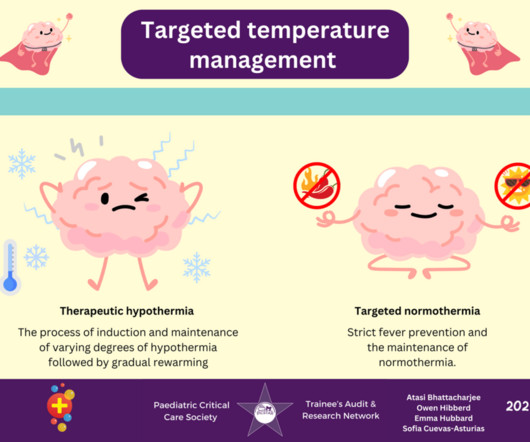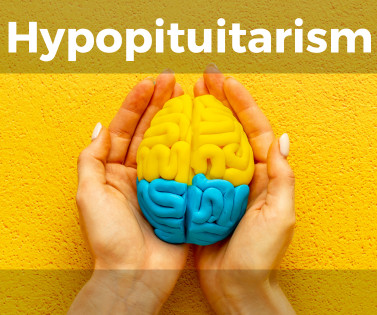Grand Rounds Recap 6.21.23
Taming the SRU
JUNE 26, 2023
morbidity and mortality - wellness: behind the curtain Morbidity and mortality WITH dr. zalesky Meningitis Meningitis is an extremely difficult diagnosis with almost no clinical findings that can aid in the diagnosis outside of suspicion and a LP Seizures can be a presenting sign of infections, often without fevers or leukocytosis Of patients with (..)













Let's personalize your content